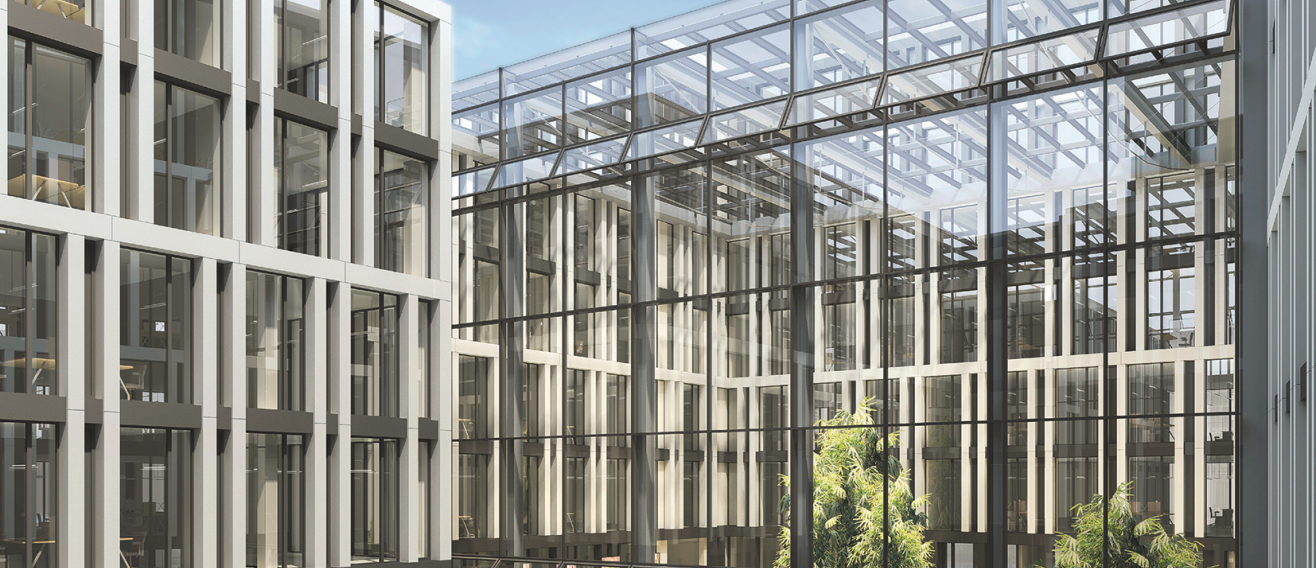Due to its high level of energy efficiency, flexibility and comfort, e.control supports multiple dimensions of sustainable construction right out of the box, making it one of the most attractive options available for Green Buildings. Here, sustainability is usually determined using different certification systems. In particular LEED (Leadership in Energy and Environmental Design) from the U.S. Green Building Council and the German Seal of Quality for Sustainable
Construction, the DGNB, have been established. Both procedures evaluate ecological and functional criteria using a scoring system. In addition, DGNB also evaluates cost-effectiveness and especially investigates the interests of investors. But how and where does e.control specifically support the Green Building?
Sustainability
The best recommendation for Green Buildings
Supports sustainable construction
Advantages
- Optimum design for the requirements of Green Buildings
- Significant optimisation point requiring little investment
- Reduction in environmental effects
- Significant reduction in lifecycle costs
- Higher functionality and increased motivation

Ecological quality
The significant reduction in primary energy consumption (according to DIN V 18599 [DGNB] or ASHREA 90.1 [LEED]) using demand-based room automation is directly reflected in a reduction of potential hazardous waste emission during the usage phase (DGNB criteria 1-5) and in the evaluation of the primary energy consumption itself (DGNB criteria 10-11 and the LEED EA c1). That means that 7 of 12 ecological criteria in the DGNB are optimised simultaneously, or up to 19 points in addition to minimum requirements (EA p2) in LEED.
Cost-effectiveness
Since energy savings always mean cost savings as well, life cycle costs (LCC) are also reduced. An e.control system in building automation efficiency class A, for example, reduces LCC in an office building by over 100 €/m2 in comparison with the same building without room automation (DGNB criterion 16). e.control also increases value stability (DGNB criterion 17) due to its high repurposability (DGNB criterion 28). In contrast with the DGNB, LEED does not include any evaluation of cost-effectiveness.
Functionality
In addition to the repurposability already mentioned (DGNB criterion 28), e.control also improves thermal comfort in summer (DGNB criterion 19, LEED IEQ c7) by controlling the sunshade based on the position of the sun, which simultaneously guarantees a high proportion of sunlight, eliminates glare and ensures good visibility (DGNB criterion 22, LEED IEQ c8). The extensive e.control line of innovative room operation solutions including the Web server also ensures extraordinarily high operating comfort (DGNB criterion 23, LEED IEQ c6).


